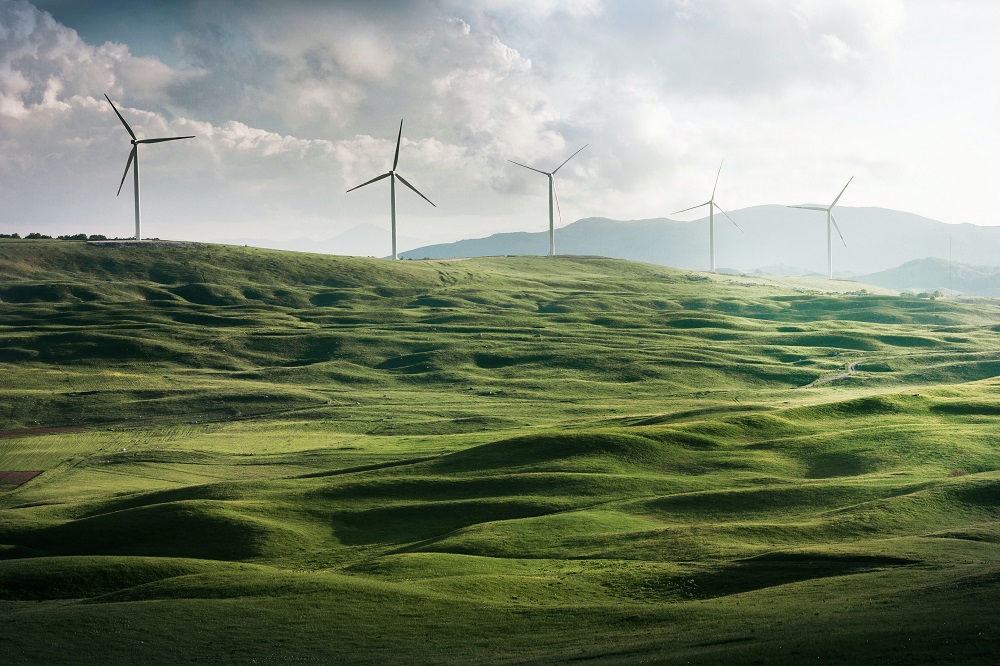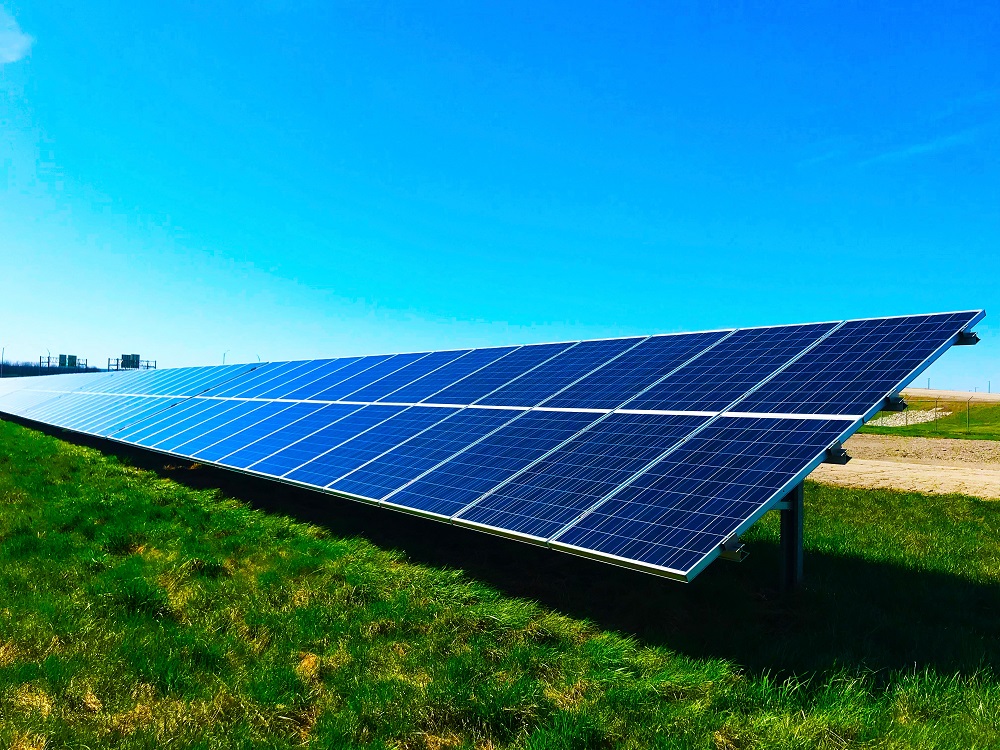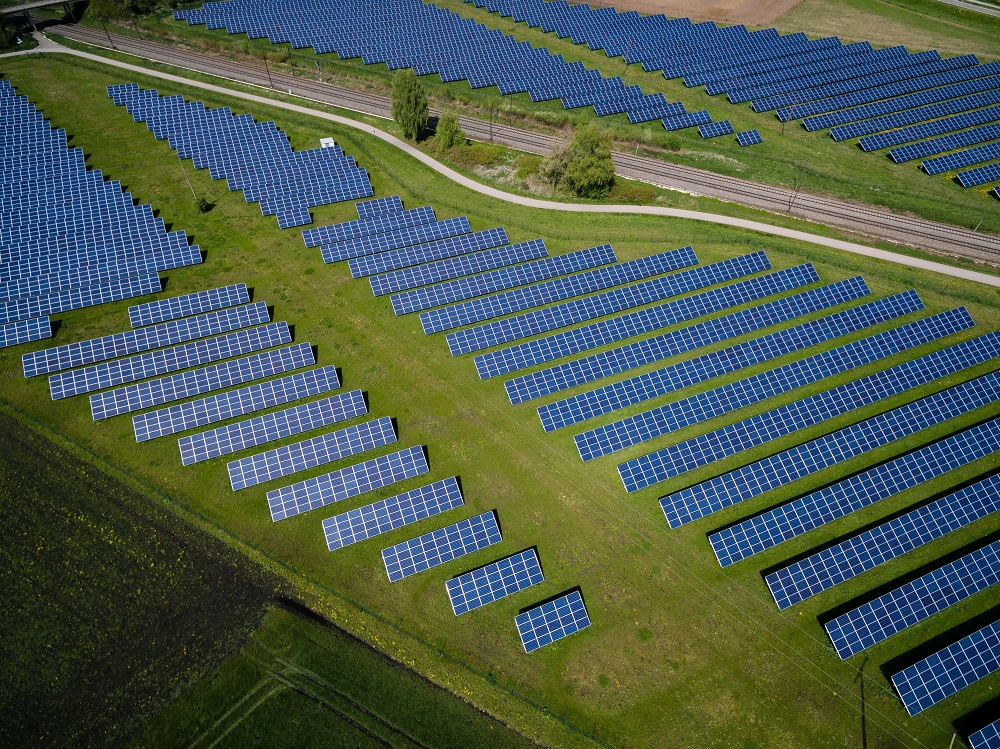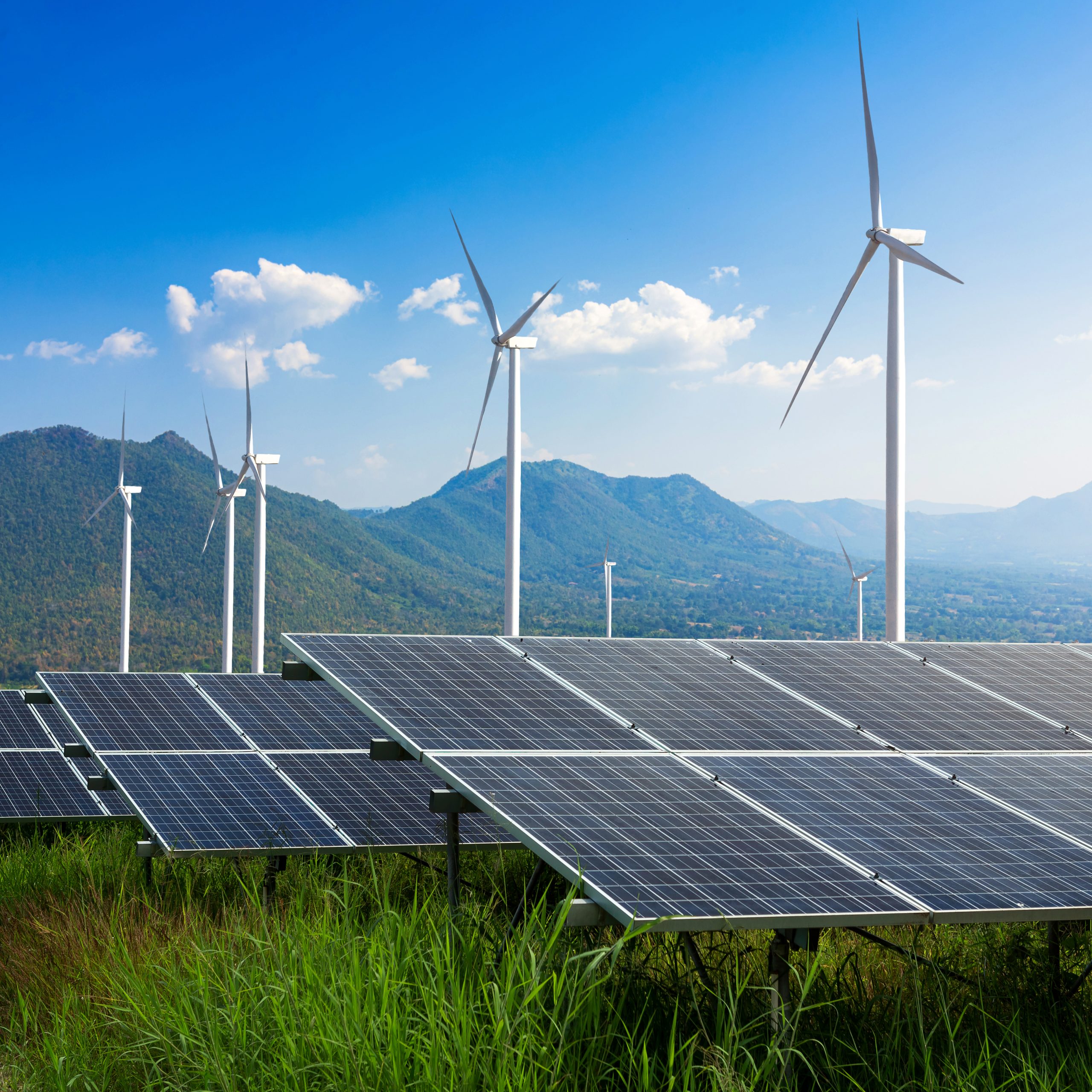Early last week the Prime Minister of the UK, Boris Johnson, announced that he was planning on making all the electricity in the UK completely powered by green sources by 2035 in the country’s battle to fight climate change. This came in as an addendum to the announcements made by global leaders around the world a few months ago. The Prime Minister of Canada, Justin Trudeau and the President of the United States, Joe Biden had recently pledged to adopt the same practices.
The announcement came just a few weeks before the COP 26 UN Climate Change Conference, which is taking place in Glasgow, Scotland from the 31st of October 2021 to the 12th of November 2021. There are 197 participating countries that are a part of the UNFCCC that will be attending this conference. The main agenda of the COP 26 is to track the progress of the countries to shift to zero emissions and come up with strategies to support other member countries to help them achieve the same result.
The UK government plans to lead the change in the fight against climate change at this conference with this announcement made by the Prime Minister. Green power and green electricity need to become the primary sources of electricity for the country as soon as possible. The current output of electricity in the UK comes from multiple sources. The dependency on non-renewable sources for electricity has seen a sharp rise this year with more than 54% (National Grid) of the total energy output coming from burning fossil fuels. Green electricity only accounts for 20.8% of the total energy output, and nuclear energy produces only 17.7% of the total electricity.

What is the Goal of the Green Electricity Target of 2035 for the UK Government?
The goal is to reduce the overall carbon emissions rate by 78% (GOV.UK) by 2035. The UK government wants the country to become a zero-emissions country by 2050, and this step towards shifting to a completely green electricity-producing nation will help meet this goal. Boris Johnson feels confident enough to make this a reality, which will only be done by making drastic changes in the country’s existing green electricity production rates as soon as possible.
The UK will have to make some significant progress in its green power sources, invest more in nuclear power plants and will have to practice thermal balancing to meet this goal. Currently, it is believed that it is possible to fight climate change and shift to fully green power sources for the electricity generation of the country with the technology available at hand. The shift towards building a zero-emissions country is totally possible with the current advancements in production. The only thing that will make this a possibility is to build more green power plants. The higher the number of plants built to produce green electricity, the more green power will be generated.
There is a clear pathway created for fighting climate change by Wärtsilä, a smart technologies company based out of Finland. The power system modelling report created, known as the ‘Front-loading Net Zero’, states the requirements involved in making all electricity output of the UK from green power sources by 2035. The report lists out the following requirements that the country needs to follow:
- The UK needs to increase its investments in wind energy output across the nation. Every year, the country needs to install at least 6GW of new wind energy by 2035.
- Currently, the plan for wind energy is 40GW to be installed, which needs to be more than doubled. By 2030, the total wind energy installation needs to cross 112GW (wartsila).
- This solution and shift to wind energy to produce more green electricity can only be done if there is an increase in the current flexible capacity in the country. There needs to be an increase in the investment done in battery energy storage and thermal balancing power plants to successfully balance all the variability that will be generated with the rapid increase in green power.
- To meet the flexibility requirements of the country, the UK government will need at least 52GW of flexibility solutions, which will include 34GW of thermal balancing power plants and 18GW of battery energy storage.

These prerequisites are a necessity for making a complete shift to green power for the UK. These parameters, if they are met, will ensure the best possible outcome when it comes to creating reliable and resilient green electricity. The thermal balancing power plants and the battery storage requirements will act as a bridge towards enabling the country to run on completely green electricity sources. This is the most ideal way in which the country can meet its goals by 2035 to fight climate change.
How Will the UK Meet the Wind Energy Requirements to Produce Green Electricity?
The UK has to increase the country’s wind energy output significantly in order to produce the green power it needs to shift to a country that produces zero emissions in its electricity output by 2035. The best way to make this happen is to increase the number of offshore wind energy plants around the country. Offshore power plants will guarantee a higher energy output than on land.
What is Offshore Wind Power and What are its Advantages?
There are two main ways of generating wind power for green electricity. Wind energy can be produced either on land or offshore. Offshore wind power plants are giant windmills installed on the seabed, usually in shallow waters which are at most 60 metres deep. Currently, the UK is the leading country in terms of offshore wind power plant capacity in Europe, totalling up to 44% (Iberdrola) of all the existing offshore wind energy installations in the continent.
The UK needs to maintain this lead and progress towards building more infrastructure to support the production of wind energy through offshore power plants. They are significantly better than the wind power plants on land because they produce nearly twice as much clean, renewable wind energy as their counterpart.
Offshore wind energy plants do not have any barriers or obstructions around them such as surrounding hills that are found on land, which means they get a higher and more constant speed of wind with a much stronger force. Another advantage of investing in offshore wind farms is that they produce very little to no acoustic impact, so there are no disturbances in the surrounding regions. Due to this, larger areas can be used away from the shoreline to produce green electricity. There are also very few limitations in terms of cargo and transportation when compared to land-based wind farms, which means larger volumes of wind energy can be produced and transported with more ease across the country.
Read also: £19 bn eHighway Scheme – UK’s Great Leap towards Green Transportation

The Impact on the Global Plan to Fight Climate Change
The Prime Minister and the Business and Energy Secretary Kwasi Kwarteng said that the UK wants to become an inspiration with this complete green electricity overhaul. In the next 15 years, the UK aims at becoming fully decarbonized, and along with producing green electricity, the country is also going to focus on building infrastructure that will support green transportation and to power big engines.
Supplying green electricity is not enough to meet the zero-emissions goal by 2050. The true fight against climate change cannot be fought alone. Since the UK already has a sound infrastructure in place to decarbonize electricity, the primary focus should be on developing more such plants and sources for green power. Offshore wind energy sources can provide large quantities of clean, renewable energy but it will not be enough to meet the entire country’s demands.
The UK government is also planning on investing in other sources of clean energy besides wind energy but it is being met with some resistance. Some of the other ways in which the UK would be able to produce green power include:
- Nuclear power plants
- Carbon capture
- Hydrogen power plants
- Solar power plants
- Onshore wind power plants
The argument against some of the alternative sources of energy is mainly towards nuclear power plants, carbon capture and onshore wind power plants. The main point made towards investing more in nuclear energy is that it is volatile and can be extremely unsafe if it is not handled properly. Carbon capture seems like more of an investment than it is worth in the current climate. There is already a scarcity of natural gas, which is what is causing the price hike around the world. Creating an infrastructure to extract the carbon out of a resource that is already scarce seems like a futile effort. The only negative thing about investing in onshore wind power plants is that the government would generate more electricity if they invested more heavily in offshore wind energy instead. Wind power plants on land tend to take up a lot of space, cause auditory disturbances and provide a much lesser output than their offshore counterparts, which is why this method is also up for debate.
Besides these three sources of green power, investments in solar and hydrogen power plants are widely accepted. They will most likely increase their investments in the two clean and renewable sources of energy before they reach a conclusion about the others.
In the next 15 years, to help the UK reach this goal, the UK government is going to employ extensive data analytics services, double down on their existing infrastructure and invest in more homegrown technologies. The United Kingdom government wants to be a global leader in the fight against climate change, and the Prime Minister’s 10 Point Plan for a Green Industrial Revolution will become a reality if the points mentioned above get executed.
If developed countries such as the UK, Germany, the United States and Canada have significantly lowered their emissions rate and eliminated carbon-based sources for generating their electricity by 2035, they can offer assistance to other less developed nations to help them meet their target by 2050 as well. Developed nations have the resources and infrastructure to create and affect change globally. By helping other countries, they will be able to bring the global emissions rate down to NIL as well, thus making the zero-emissions goal that needs to be achieved by 2050 a reality.
The Main Benefits of Switching to a Completely Green Power Source
Switching to a totally green power source for electricity generation will help the UK in multiple ways. It does have a positive impact on the country’s economy as well. The biggest advantages the country will have once the plans to undergo this drastic change begin in full swing include the following:
Scope for Innovation in Technology
Newer sources of clean energy create an environment where innovators, scientists and entrepreneurs can shine. The investments in clean energy will only continue to grow, and the country’s leaders are always going to be on the lookout for the most efficient and inventive ways to produce and supply green electricity across the country. The platform for inventors and entrepreneurs in this field has never been bigger and this shift to green energy will give them the scope to build something that can transform the world.

Maintaining a Secure Source of Electricity
The hike in gas prices and the shortages in the supply of natural gas has made people across the world realize the importance of investing in renewable energy. Soon, once the dependency on the carbon-based sources of electricity reduces, the UK government and governments across the world will have a bigger security blanket for their electricity production and supply. There won’t be any unforeseen shortages in supply and the prices will stabilize.
Lower Costs of Electricity
Green power is inexhaustible. This means that there is an endless supply of electricity once it has been extracted. Once the UK creates an infrastructure that can support green electricity throughout the country, the cost of electricity will drop drastically. The initial investment in green power is quite high but in the long term, the costs of energy will be extremely low. Electricity will become an affordable expense for all.
Increase in the Employment Rate and Growth of the UK Economy
New technologies, innovations, and the rapid increase in the number of green power plants will mean that it will create a flux of job opportunities. There is a direct link between the drop in emission rates and the increase in the GDP because the investments in infrastructure, rise in employment rate, and the drop in the cost of electricity will make sure that the economy of the country thrives.
Final Thoughts
The announcement made by the Prime Minister could not have come at a better time. The UK is completely geared up and ready to host the COP 26 UN Climate Change Conference in the next few days, and the plans to become the pioneers in leading the fight against climate change will empower the country to work towards becoming a zero-emissions country as soon as possible. More details on how the 10 point plan will be executed in the coming years will be discussed at this conference and the country (and the world) is only going to benefit from reducing the demand for carbon-based energy sources and increasing the supply of greener, cleaner alternatives.









